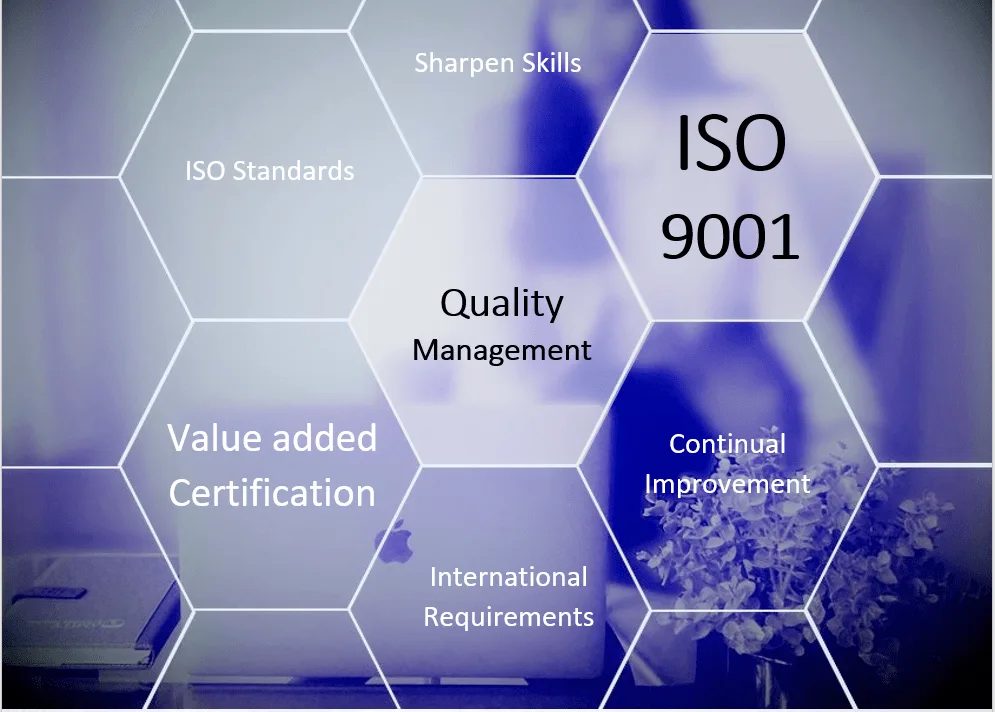It is often difficult for businesses to understand ISO Standards. Many people, even those who work in the business world, may not be familiar with ISO Standards and the regulations that go along with them. Even businesses can decide to ignore, but aren’t obligated, to follow these standards if they believe they don’t need to. ISO has been established in 1947 and now has issued more than 19,000 global standards in a wide range of industries, from food safety to manufacturing and technology practices. This helps ensure that the standards set forth by ISO conforms to the expectations of all companies that use them.
Why we use ISO
The goal of ISO standards is to help improve quality of products and services while ensuring consistency in those products and services. ISO aims to eliminate the chances of any company providing poor quality products or services. For example, food safety and the handling of hazardous substances are some of the major areas where ISO standards are applied. Food safety is a major concern because not all food is safe for consumption; therefore it is important for companies to make sure their production techniques and methods do not present any risks to consumers.
The standards also cover occupational health and safety practices and other areas such as waste disposal and worker protection. All quality standards have certain requirements, and ISO strives to ensure that all their standards are fulfilled in order to earn certification. With this certification, companies are able to market themselves internationally as ISO standards compliant. Companies that meet these standards are then able to offer a higher level of service and productivity to their clients and employees.
In order to work with international standards, a company must first become certified. There are four levels for ISO certification: Affirmative, Negative, Certified and Uncertified. Companies can only achieve certification on the level that they are capable of meeting. Therefore, a company cannot achieve certification if it cannot produce and manufacture products that are able to meet ISO standards and regulations. If an ISO Standard is not met, then the company will be required to submit additional requirements to the ISO in order to re-certify.
Here are 7 common ISO standards.
- ISO / IEC 27000 – Information Security Management Systems.
- ISO 14000 – Environmental Management.
- ISO 31000: 2018 – Risk Management.
- ISO 50001: 2018 – Energy Management.
- ISO 26000: 2010 – Social Responsibility.
- ISO 9000 – Quality Management.
- ISO 45001 – Occupational Health and Safety
Certification
ISO certification is necessary for food safety and environmental quality management standards because the company is able to prove that the processes and equipment used in their production processes are in line with the standards set by ISO. By achieving certification, companies can show that they are dedicated to meeting and exceeding customer expectations. In addition, the certification helps companies sell their products worldwide thereby increasing their profits. Customers are more likely to purchase from companies that have completed these accreditations, which increases the company’s credibility and reputation.
ISO has two main operational groups: Management System Developed Standards (MSDSS) and Management System Approval (MSPA). The MSPA controls quality assurance, reporting, and audit programs and methods. MSPA standards apply to all products and services produced by a company. It also oversees management standards, which are implemented internally. The MSPA provides a framework and a checklist of quality systems that are managed internally.
Quality Management
ISO Standards and Testing An ISO Quality Management System (QSMS) is a system that helps companies assess the quality of products. There are two categories of quality management system standards: Safety and Non-safety. A QSMS is designed to promote uniformity in product performance based on internationally accepted quality management systems. Many industries have their own set of standards for products, and ISO standards help companies fulfill these standards so they can sell their products globally. ISO standards ensure that products, when purchased and used, perform as they should. When a company works with ISO QSMS, they can ensure that they are providing their customers with a high-quality product at a reasonable price.
ISO Auditing
An ISO Lead Auditor helps companies with ISO certification. This person is responsible for ensuring that all aspects of an ISO Lead Auditor’s job is completed successfully. To become an ISO Lead Auditor, a company must first complete the basic training and then take the Lead Auditor course. Once the person completes the training and passes the certification exam, then he or she can work as an independent auditor. In order to work as an independent Lead Auditor, a person needs to work with ISO Lead Auditor, Inc., a company that develops, implements, and implements the Lead Auditor program for certification.







